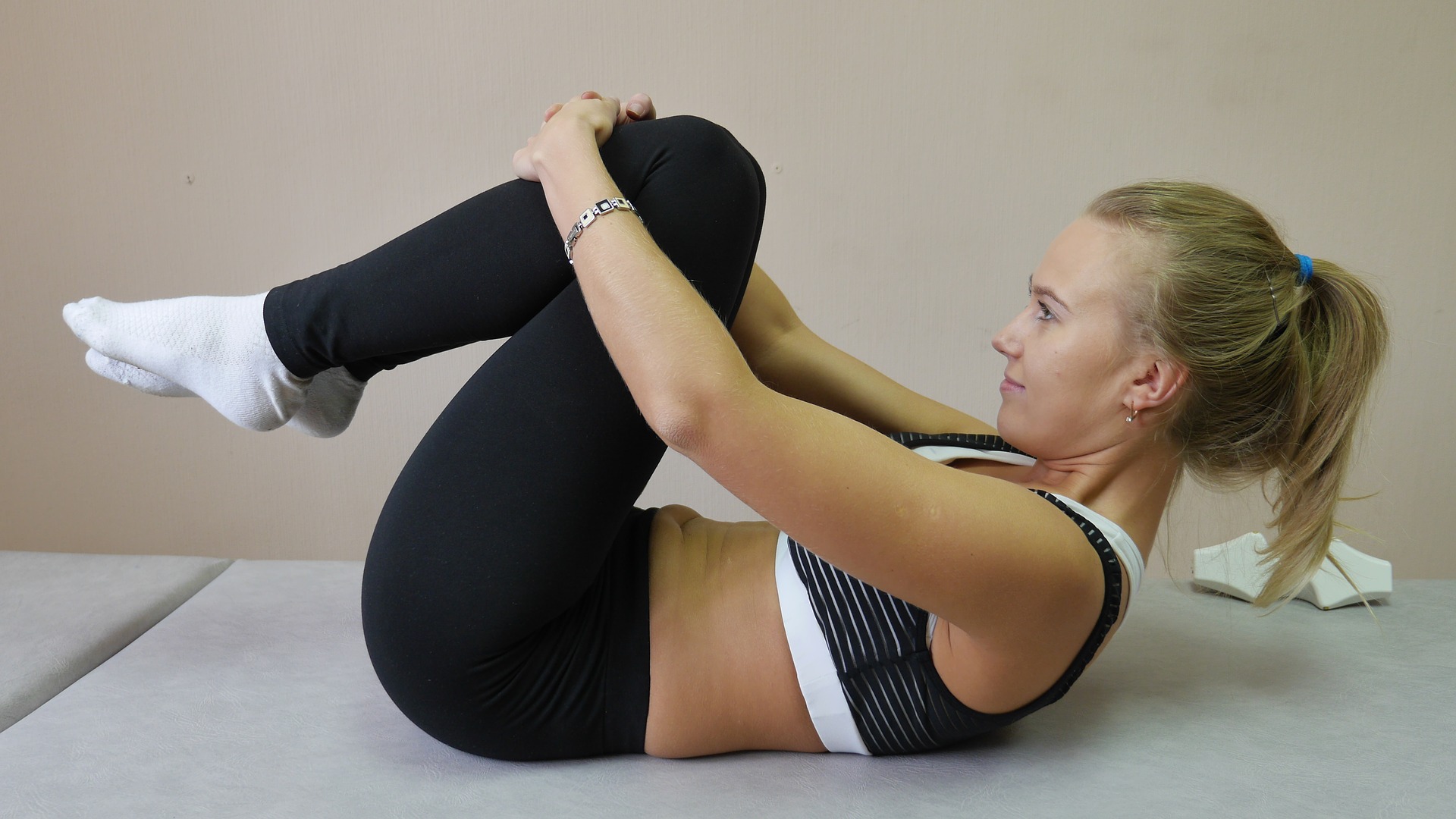
Movement is a full body endeavor. Somewhere along the way, most of us lose our ability to move well much too soon.
Our current state of general thinking on exercise however, likes to break movement into individual parts. We go to the gym to work our legs, our arms, our chest, our shoulders, our abs, etc. We run to work our legs. Of course much of this is also in an effort to shed general fluffiness, but in that process, we try to tone this part or that part.
We think of sprinting as a simple low body exercise, but significant portions of power and efficiency come from the upper body. Have you ever done a sprint workout and wondered why your back, shoulders, and arms were sore the next day? (Probably not, who’s going out and doing sprint workouts?)

The current state of exercise tends to be more of a bodybuilding endeavor. As Gray Cook says in the video I will share below, “bodybuilding is for looking good as a statue, not about moving well and performing well.”

Moving well and performing well requires full body motor programming with the right amounts of stability and mobility. A pitcher throwing a fastball or a fighter throwing a punch uses their arm as a lever that is significantly affected by the rigidity of the core it is attached to which sits on top of a foundation connected to the ground. Therefore performing triceps extensions or pullovers is not going to have much transfer to performance gains.
This is significant to pain because moving well spares the tissues. It places the stresses where they are more suited to be handled.
Moving well can also lead to pain reduction through the powerful descending inhibitory pain pathway. There are no pain receptors in the tissues. There are receptors called nociceptors that sense irritation, and if it is enough irritation, they fire, and pass the message to the brain. The brain then decides if your consciousness needs to be alerted to the problem. To put it simply, if your brain decides there is danger, it alerts you; if it decides there is no danger, it doesn’t bother you with it.

This is part of why imaging studies like x-rays are not all that helpful and can steer us in the wrong direction. We can see the same structural “damage” on two people but only one of them may have symptoms of pain.
The descending inhibitory pain pathway is heavily influenced by our state-of-mind. Things like depression, anxiety, fear, and being worn down will result in a more sensitized pain system; whereas confidence, happiness, and a positive outlook on life serve to facilitate the powerful Inhibitory Descending Pain pathway.
In this video, Gray talks about moving well and how the Turkish Get-Up can be used to test and train authentic movement.

